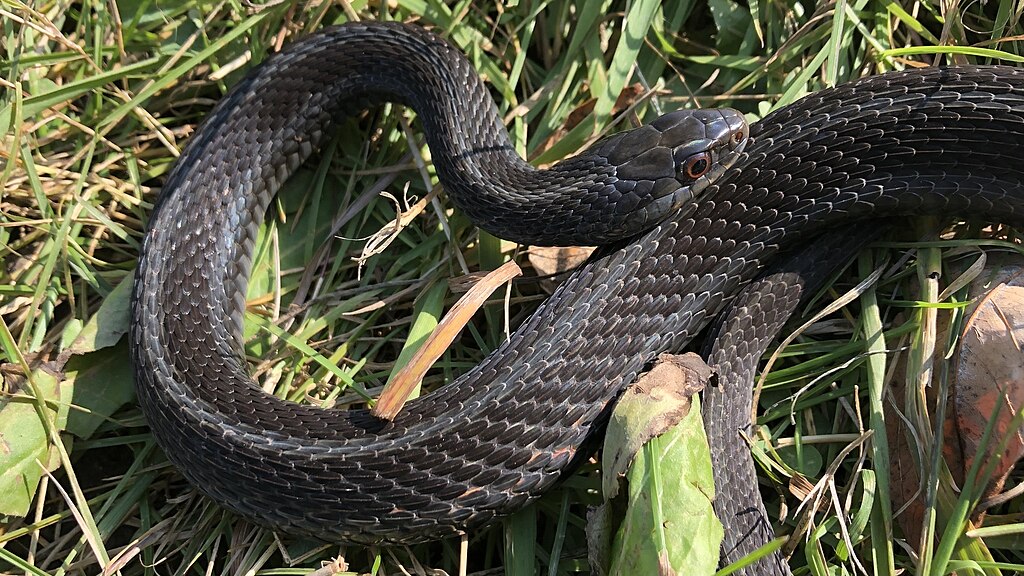In the mysterious world of reptiles, few hunting techniques are as fascinating as a snake’s ability to track prey through chemical trails. Unlike mammals that primarily rely on sight and sound, snakes have developed an extraordinary chemosensory system that allows them to detect, follow, and interpret chemical signatures left behind by potential meals. This remarkable adaptation enables snakes to hunt effectively even in complete darkness or when physical barriers obstruct their vision. Through a combination of specialized organs, evolutionary adaptations, and behavioral strategies, snakes have perfected the art of chemical tracking, making them some of nature’s most efficient predators.
The Vomeronasal Organ: A Snake’s Chemical Detector
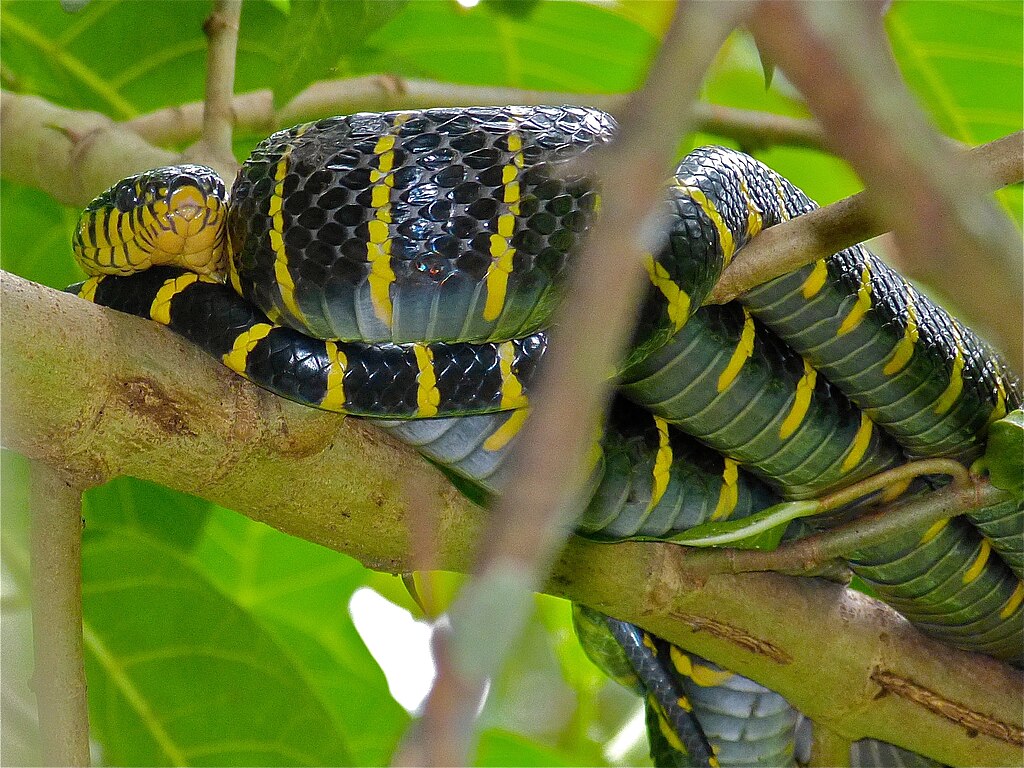
At the heart of a snake’s chemical sensing ability lies the vomeronasal organ, also known as Jacobson’s organ. Located in the roof of a snake’s mouth, this specialized sensory structure consists of a pair of pit-like organs lined with sensitive receptor cells. Unlike the regular olfactory system that most animals use for smelling, the vomeronasal organ is specifically designed to detect non-volatile chemical compounds. When a snake flicks its forked tongue, it’s collecting chemical particles from the environment and transferring them to this organ for analysis. The vomeronasal organ can detect incredibly minute concentrations of chemicals, allowing snakes to distinguish between different prey species, determine the direction of travel, and even assess how recently the prey passed by.
The Forked Tongue: Nature’s Chemical Sampler

The snake’s iconic forked tongue serves as a sophisticated chemical sampling tool that works in conjunction with the vomeronasal organ. When a snake flicks its tongue, it’s not a random behavior but a deliberate sampling action. The fork design allows the snake to collect chemical particles from slightly different locations simultaneously, creating a spatial gradient that helps determine the direction of the chemical trail. Each fork of the tongue delivers samples to different parts of the vomeronasal organ, enabling the snake to build a stereo-chemical picture of its surroundings. This directional sampling is crucial for following prey trails effectively, as it allows the snake to sense whether chemical concentrations are stronger on the left or right side, indicating which way the prey moved.
Chemical Trails: What Snakes Actually Detect
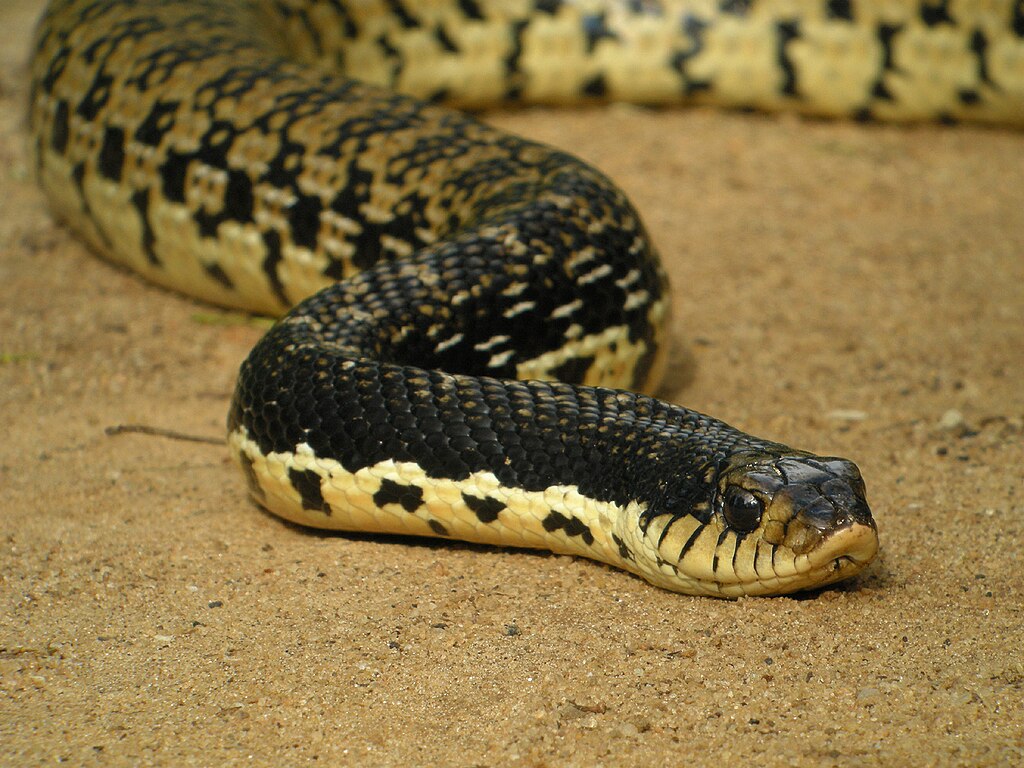
The chemical trails that snakes follow consist of a complex mixture of molecules shed by prey animals as they move through their environment. These include skin cells, scales, feathers, hair, bodily secretions, and waste products that all carry distinctive chemical signatures. Different prey species leave unique chemical footprints that experienced predator snakes can identify with remarkable accuracy. For instance, research has shown that rattlesnakes can distinguish between trails left by different rodent species, and some specialized snakes can even detect the health status of potential prey through chemical cues. The chemical composition changes over time as volatile compounds evaporate and others break down, giving snakes information about how recently the prey passed by.
Trail-Following Behaviors and Hunting Strategies
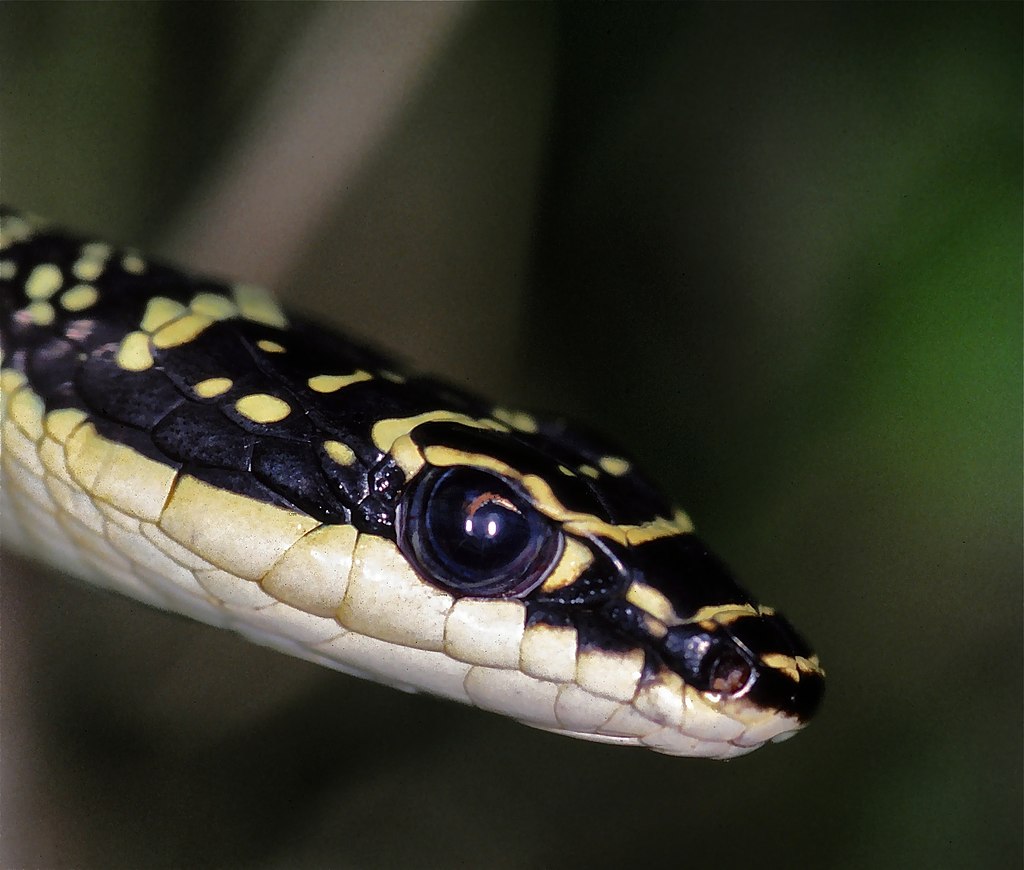
Snakes exhibit fascinating behavioral patterns when following chemical trails. Upon detecting a prey trail, many species will increase their tongue-flicking rate dramatically to gather more chemical information. As they follow the trail, they perform a zigzagging movement pattern that maximizes their chances of maintaining contact with the scent path. Different snake species have evolved specialized trail-following strategies based on their primary prey and habitat. Ambush predators like vipers may use chemical trails to position themselves strategically along frequently used prey routes, while active foragers like rat snakes might persistently follow a trail until they locate their quarry. Some advanced hunters, particularly certain viper species, can even determine which direction along a trail the prey was moving by sensing concentration gradients in the chemical trail.
The Science of Vomerolfaction: How Chemical Signals Become Neural Information

The process by which snakes convert chemical signals into meaningful information is called vomerolfaction, distinct from regular olfaction or taste. When chemicals from the environment reach the vomeronasal organ via the tongue, they bind to specialized receptor proteins on sensory neurons. These neurons then fire electrical signals that travel via dedicated neural pathways directly to specialized regions of the brain, particularly the accessory olfactory bulb. From there, the information is processed in the amygdala and hypothalamus, brain regions associated with instinctive behaviors and emotional responses. This neural architecture allows snakes to respond instinctively to prey chemical signatures without requiring higher cognitive processing, making their chemical tracking system extremely efficient and metabolically economical.
Evolutionary Development of Chemical Tracking
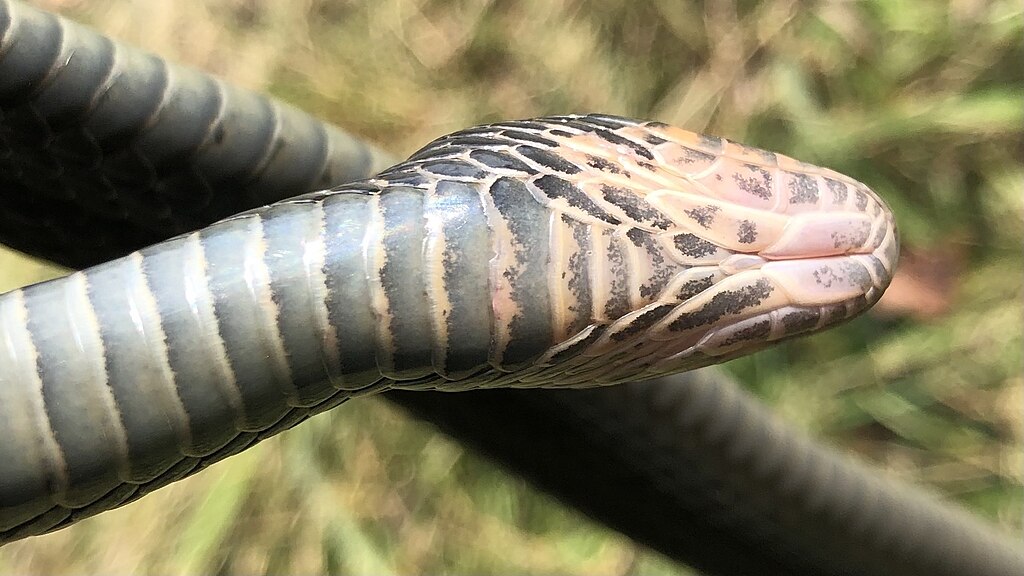
The chemical tracking ability in snakes represents millions of years of evolutionary refinement. Scientists believe this system evolved from more primitive chemosensory abilities present in early reptiles. As snakes lost their limbs and adapted to a more cryptic lifestyle, they became increasingly dependent on chemical sensing for survival. The vomeronasal system underwent significant expansion and specialization in snake lineages compared to their lizard ancestors, with increased surface area and more sensitive receptors. Comparative studies between different snake families show that species with more specialized diets often possess more refined chemical detection capabilities. For example, egg-eating specialists can detect minute amounts of chemical compounds unique to bird eggs, while snakes that hunt amphibians have receptor proteins specifically tuned to compounds found in amphibian skin secretions.
Chemical Tracking in Different Snake Species
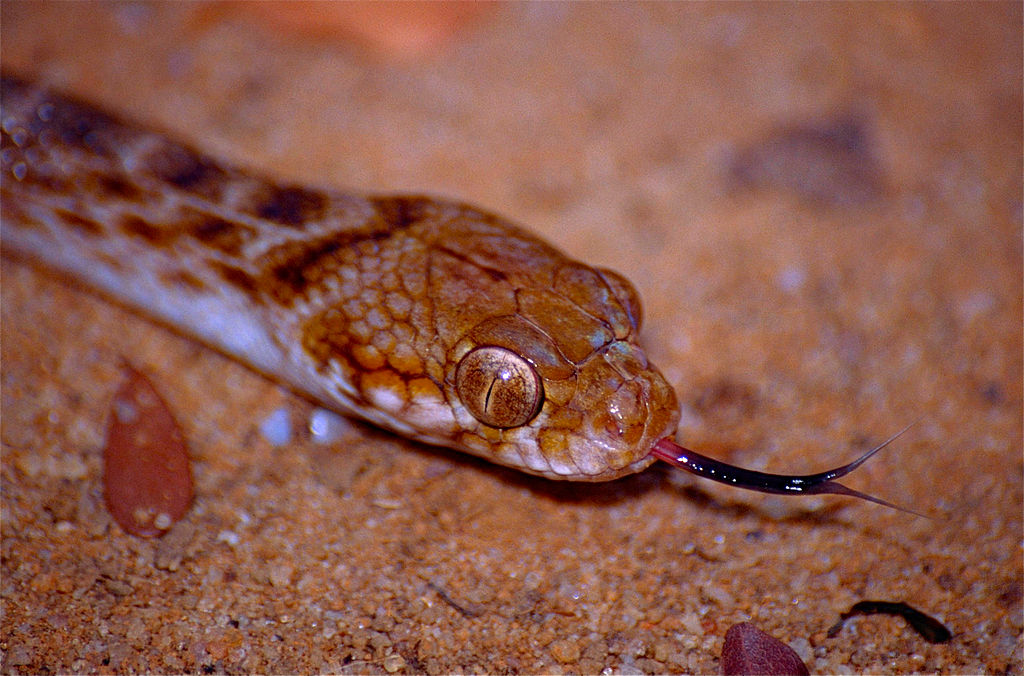
Different snake species show remarkable variations in their chemical tracking abilities based on their ecological niches and hunting strategies. Vipers and pitvipers, such as rattlesnakes, rely heavily on chemical tracking to locate small mammal prey, often following trails to rodent burrows or nests. Constricting hunters like boas and pythons use chemical trails to locate prey before ambushing them, combining chemical sensing with their heat-sensing pit organs for maximum hunting efficiency. Water snakes have specialized chemical receptors that can detect prey scents dissolved in water, allowing them to track fish and amphibians in aquatic environments. Some specialized hunters, like the African egg-eating snake, have chemoreceptors specifically tuned to detect the unique chemical signatures of bird nests and freshly laid eggs.
The Tongue-Flicking Behavior: More Than Just Sampling
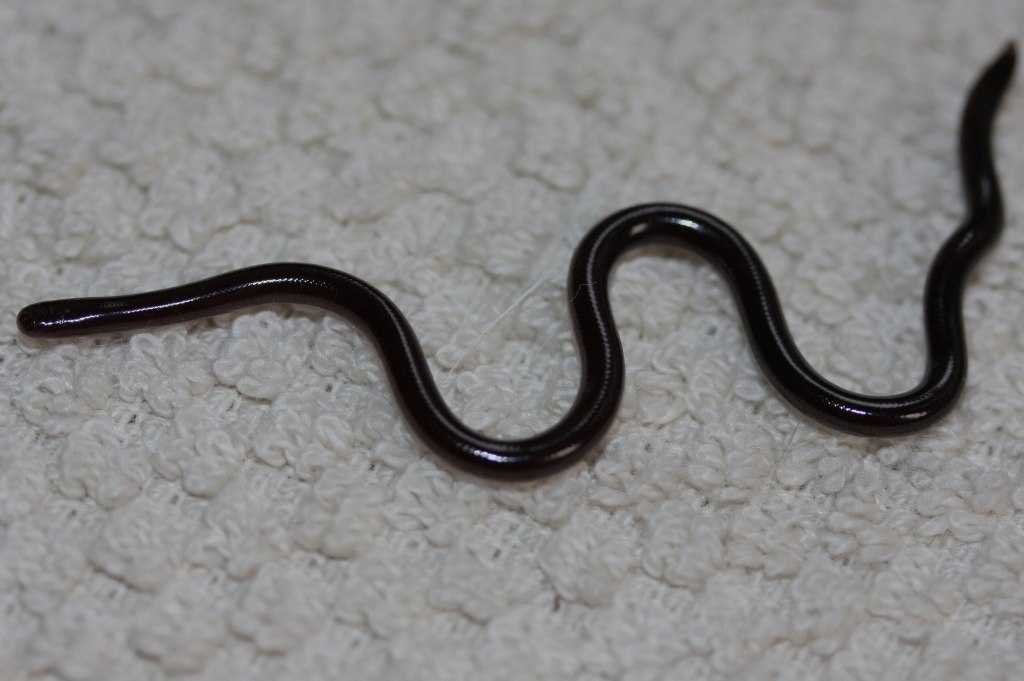
The distinctive tongue-flicking behavior observed in snakes serves multiple purposes beyond chemical sampling. The frequency, pattern, and duration of tongue flicks can reveal much about a snake’s mental state and intentions. When a snake detects a potential prey trail, it typically increases both the frequency and duration of its tongue flicks, collecting more chemical information to confirm the identity of the prey. The tongue’s moisture also plays a crucial role, as it helps dissolve and capture chemical particles that might otherwise remain undetected. Interestingly, snakes modify their tongue-flicking behavior based on environmental conditions, flicking more frequently in unfamiliar territories or when they’ve recently detected prey chemicals. Some species even perform specialized tongue-flicking patterns when following different types of prey, suggesting a sophisticated level of chemical interpretation.
Chemical Tracking Under Different Environmental Conditions
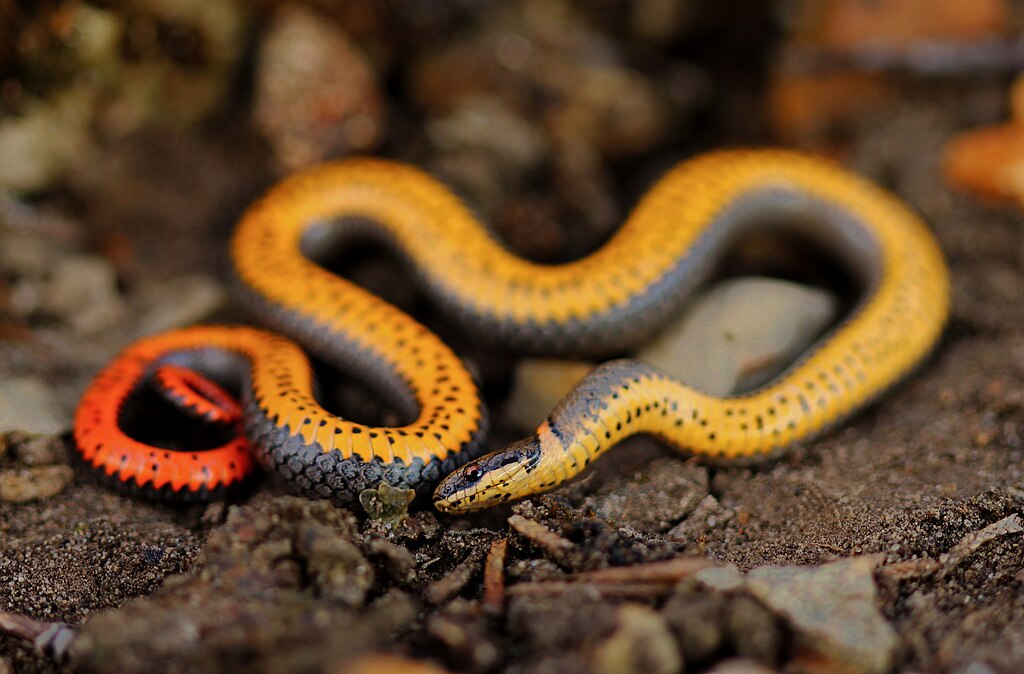
Environmental factors significantly impact a snake’s ability to track prey through chemical trails. Humidity levels affect how long chemical trails persist, with higher humidity generally preserving trails longer by preventing rapid evaporation of volatile compounds. Temperature influences both the snake’s metabolic rate and tongue-flicking frequency, with most species showing reduced chemical tracking activity at lower temperatures. Wind and water currents can disperse chemical trails, making tracking more challenging in breezy conditions or flowing water environments. Substrate type also matters—smooth surfaces like rock typically retain fewer chemical particles than porous materials like soil or leaf litter. Adaptable species modify their tracking behaviors to compensate for these environmental variables, such as increasing tongue-flick rates in drier conditions or following trails more slowly and methodically when chemical signals are weak.
Laboratory Research on Snake Chemical Tracking

Scientific understanding of snake chemical tracking has been significantly advanced through controlled laboratory studies. Researchers have designed Y-maze experiments where snakes must choose between pathways containing different chemical cues, revealing preferences and discrimination abilities with remarkable precision. Other studies utilize chemical washes to create artificial trails of specific compounds, helping scientists identify exactly which chemicals snakes respond to most strongly. Brain imaging and neural recording techniques have mapped the neural pathways activated during chemical tracking, showing that different prey chemicals activate distinct patterns in the snake’s brain. Recent genetic studies have even identified the specific receptor proteins involved in detecting various prey chemicals, opening new avenues for understanding the molecular basis of this remarkable sensory ability. These laboratory findings complement field observations, creating a more complete picture of how snakes use chemical trails in natural settings.
The Role of Learning and Experience
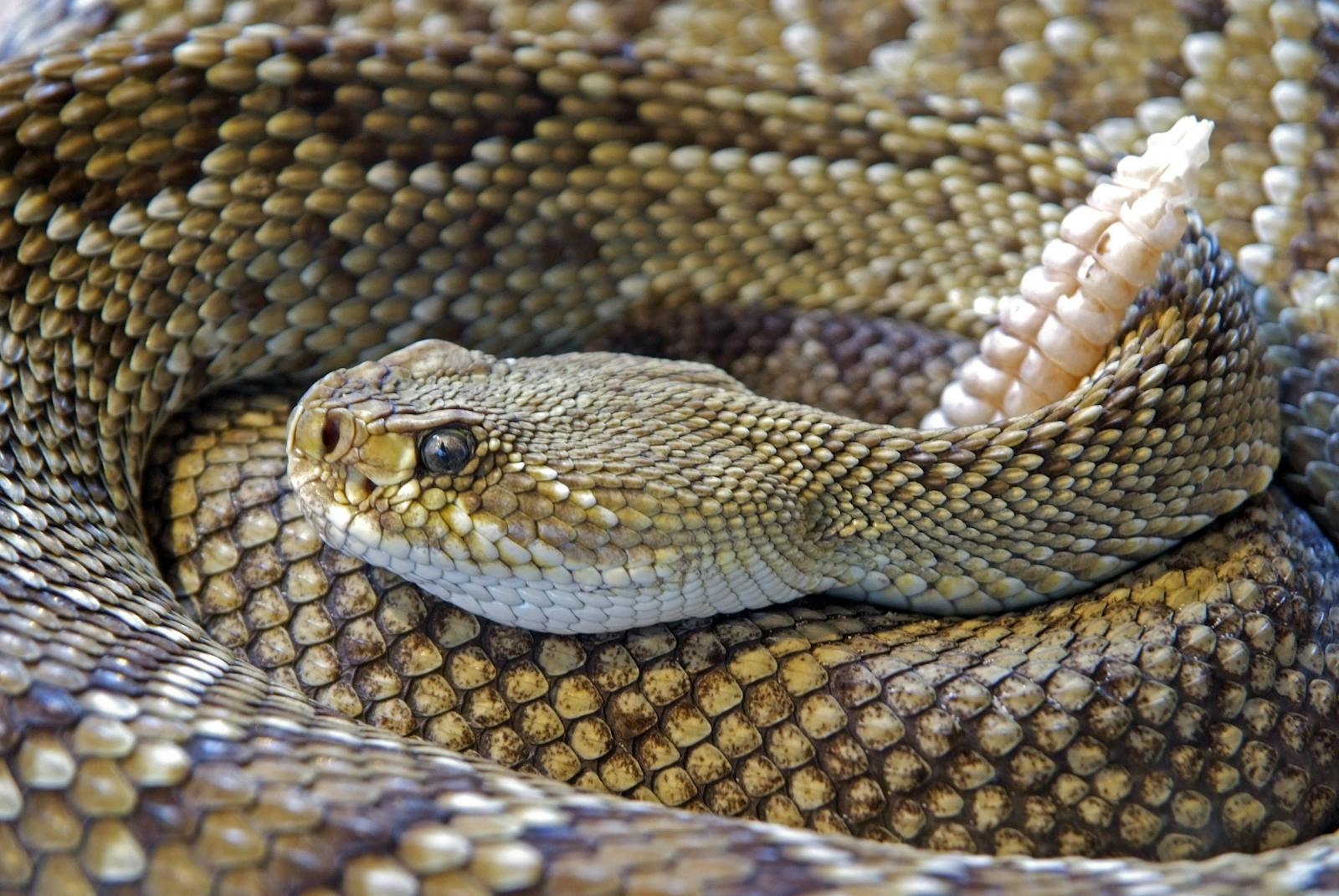
While much of a snake’s chemical tracking ability is instinctive, experience and learning play important roles in refining this skill. Young snakes typically show innate responses to certain prey chemicals, but their tracking efficiency improves significantly with experience. Studies with captive snakes demonstrate that individuals become more efficient at following chemical trails of prey species they have previously encountered and consumed. Some species can even learn to associate novel chemical cues with food rewards through conditioning, showing cognitive flexibility in their chemosensory systems. This learning capability allows snakes to adapt to new prey types when their preferred food sources become scarce. Regional variations in tracking behaviors within the same species often reflect local adaptations to available prey, showing how experience shapes instinctive behaviors over time.
Chemical Tracking Beyond Prey Detection

Beyond hunting, snakes use their chemical sensing abilities for numerous other critical activities. During mating season, males follow pheromone trails left by receptive females, sometimes tracking them over considerable distances. Chemical cues help snakes identify suitable shelter locations, with many species preferring retreat sites previously used by members of their own species. Territorial species use chemical markings to establish boundaries, leaving scent markers that warn other snakes away from their hunting grounds. Some communally hibernating species, like garter snakes, follow chemical trails to suitable hibernation dens, often returning to the same locations year after year. Chemical sensing even helps snakes avoid potential predators by detecting alarm pheromones released by other snakes that have encountered danger, demonstrating the versatility and importance of this sensory system throughout a snake’s life.
Future Research and Conservation Implications
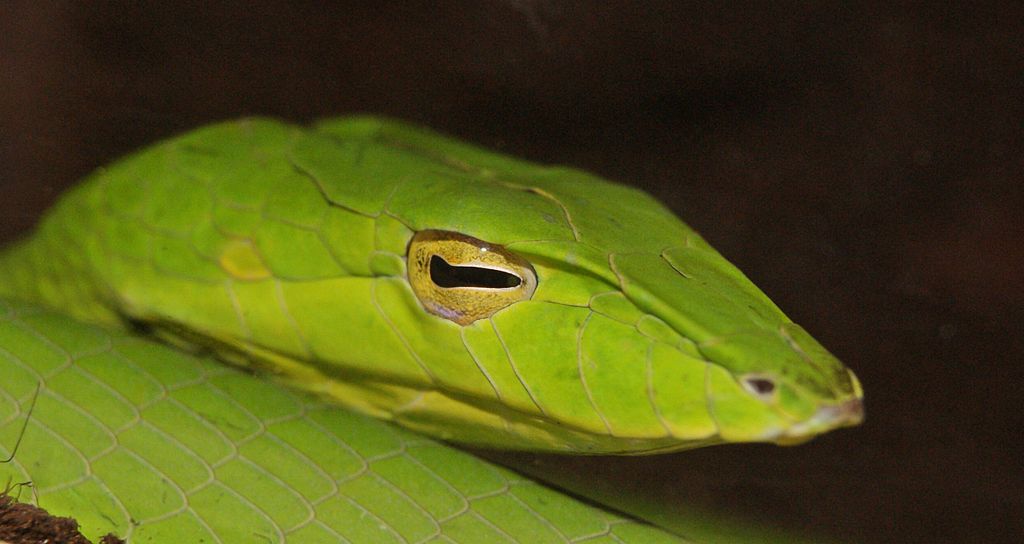
Scientific understanding of snake chemical tracking continues to evolve, with several promising research directions emerging. Advanced molecular techniques are helping identify the specific receptor proteins involved in detecting different chemical compounds, potentially revealing how snakes evolved such sensitive chemoreception. Field studies using novel tracking technologies allow researchers to observe how wild snakes utilize chemical cues in complex natural environments without human interference. This knowledge has important conservation implications, particularly for endangered snake species with specialized diets or habitat requirements. Understanding how habitat fragmentation, pollution, and climate change might disrupt chemical trails could help conservation efforts for vulnerable snake populations. Additionally, studying snake chemical sensing may inspire biomimetic applications, from improved chemical detection devices to novel approaches for pest management that exploit natural chemical avoidance behaviors.
From the sophisticated vomeronasal organ to the specialized tongue-flicking behaviors, snakes have evolved one of nature’s most effective chemical detection systems. This remarkable adaptation allows them to track prey with astonishing precision through diverse environments and conditions. As science continues to unravel the complexities of snake chemical tracking, we gain not only a deeper appreciation for these often misunderstood predators but also valuable insights into the evolution of sensory systems. The snake’s ability to interpret the invisible chemical landscape around it represents one of evolution’s most elegant solutions to the challenge of finding food in a complex and changing world.

